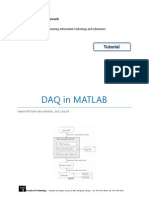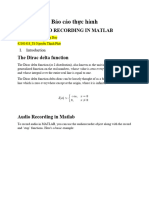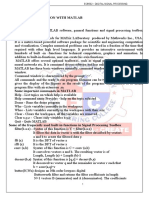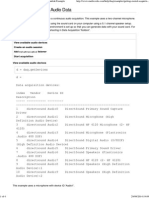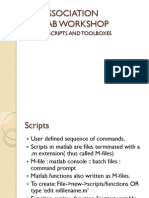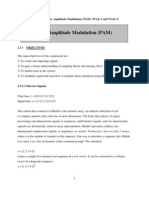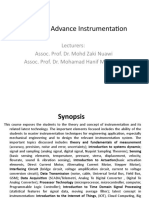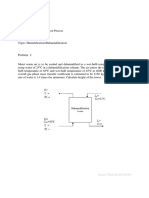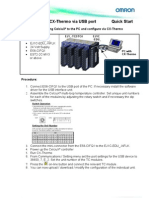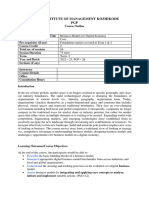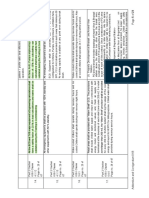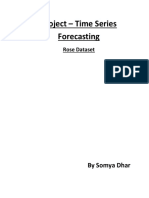0% found this document useful (0 votes)
98 views16 pagesUsing The MATLAB Data Acquisition
The document discusses using the MATLAB Data Acquisition Toolbox to acquire data from sensors and control external devices. It defines key concepts like analog-to-digital conversion and sampling rate. It describes the data acquisition process as acquiring signals, digitizing them, and analyzing, presenting, and saving the data. It outlines the typical elements of a data acquisition system and provides an example of a simple 3-step data acquisition application in MATLAB: 1) initialization, 2) reading/writing data, and 3) analysis including filtering, plotting, and other processing.
Uploaded by
Sathiswaran SelvamCopyright
© © All Rights Reserved
We take content rights seriously. If you suspect this is your content, claim it here.
Available Formats
Download as PPTX, PDF, TXT or read online on Scribd
0% found this document useful (0 votes)
98 views16 pagesUsing The MATLAB Data Acquisition
The document discusses using the MATLAB Data Acquisition Toolbox to acquire data from sensors and control external devices. It defines key concepts like analog-to-digital conversion and sampling rate. It describes the data acquisition process as acquiring signals, digitizing them, and analyzing, presenting, and saving the data. It outlines the typical elements of a data acquisition system and provides an example of a simple 3-step data acquisition application in MATLAB: 1) initialization, 2) reading/writing data, and 3) analysis including filtering, plotting, and other processing.
Uploaded by
Sathiswaran SelvamCopyright
© © All Rights Reserved
We take content rights seriously. If you suspect this is your content, claim it here.
Available Formats
Download as PPTX, PDF, TXT or read online on Scribd
/ 16


